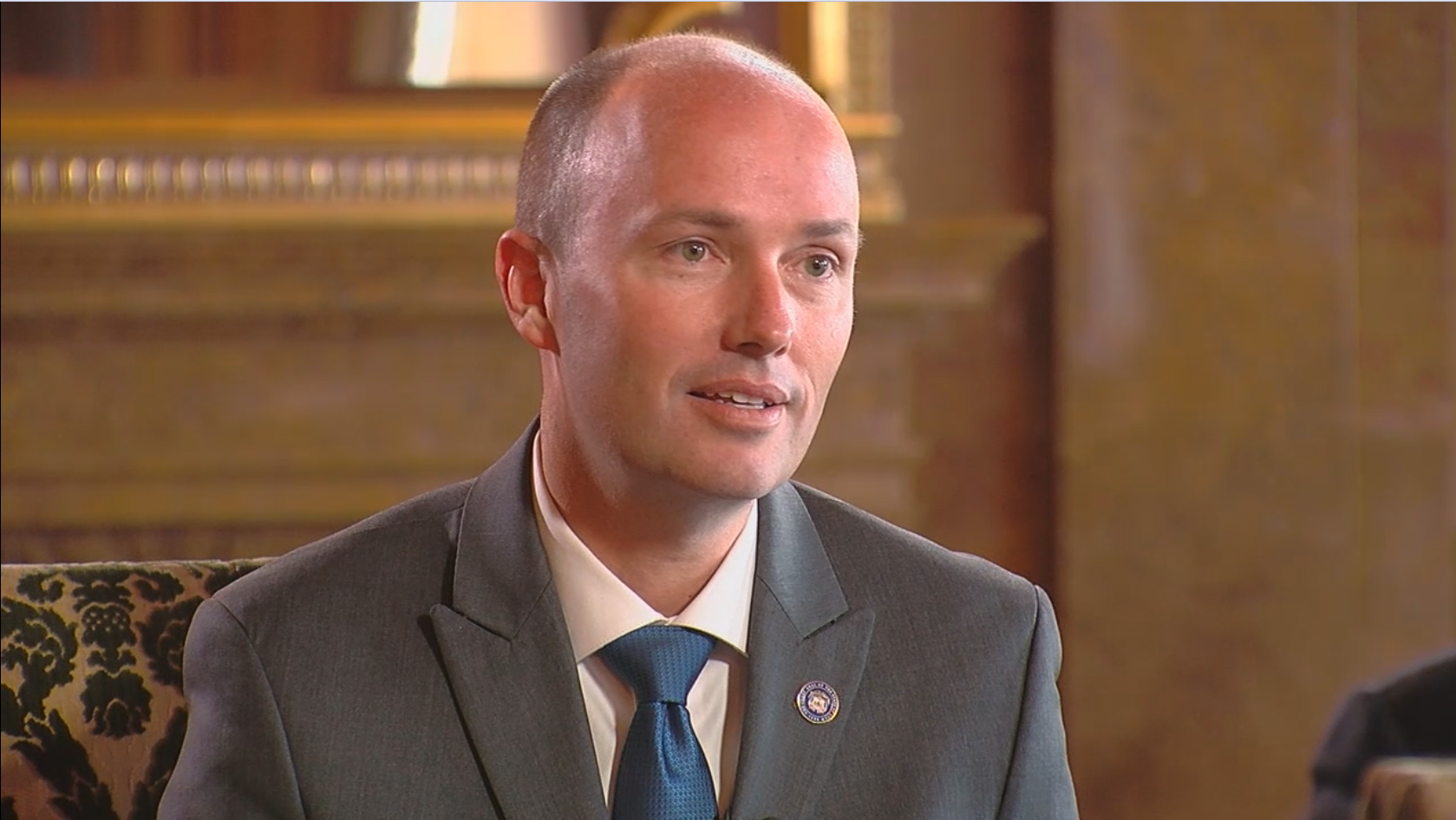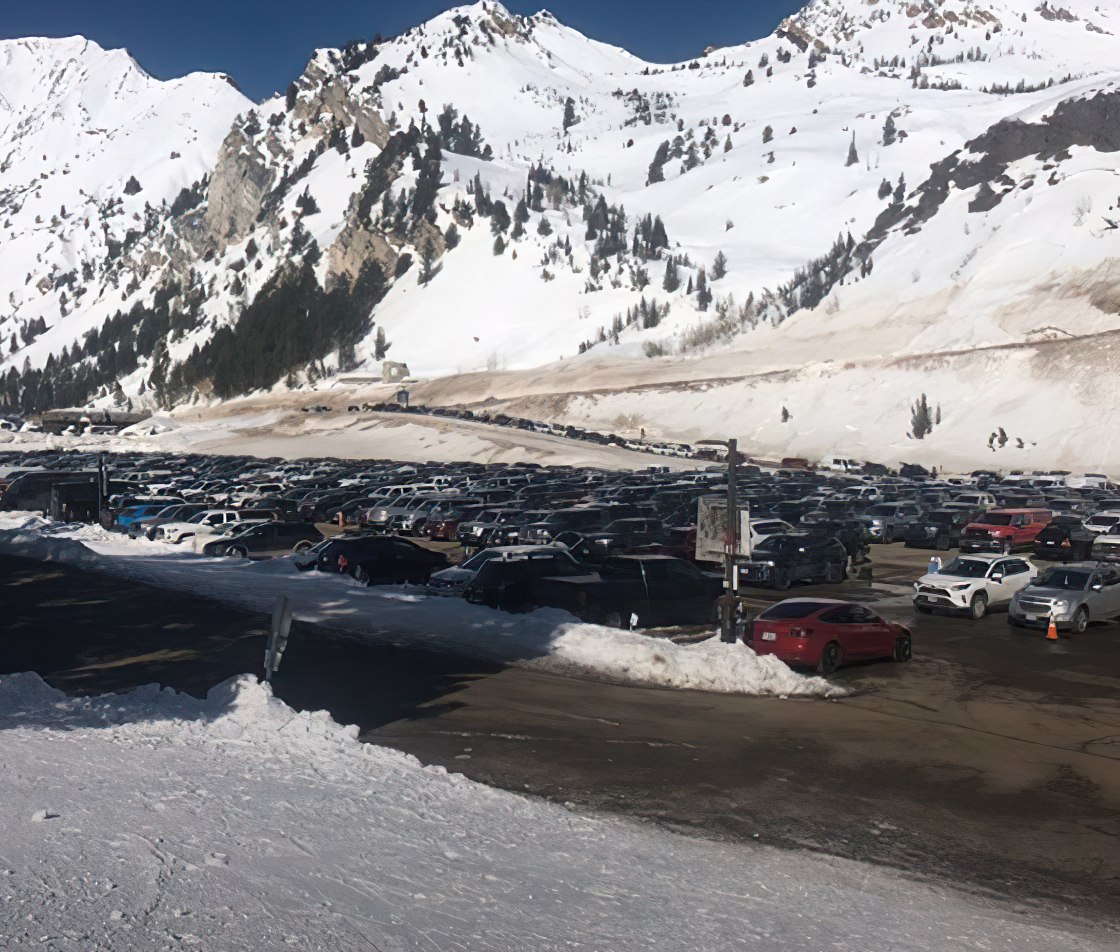View this post on Instagram
You only have until September 3 to submit a public comment for the proposed transportation alternatives geared to reduce traffic in Little Cottonwood Canyon, Utah. As of right now, it’s been narrowed down to two options:
- A gondola stretching from the La Caille station at the base of the canyon running to Snowbird and Alta.
- An enhanced bus service with added lanes on Highway 210.
Both options would cost somewhere around $500 million. Tolling for vehicles coming up the canyon is being strongly considered by the Utah Department of Transportation (UDOT).
- Related: To Protest the Proposed Gondola, Activists Float Giant Red Balloons in Little Cottonwood Canyon, UT
Curious about the resource impacts, such as visual, that the alternatives would have on #SR210? Review the Draft EIS chapters for detailed impacts analysis (chapter 17 is visual). #LCCEIS
Submit formal comments by Fri., 9/3! https://t.co/PTuy7yv7pf pic.twitter.com/58TeIggING
— LCC EIS (@UDOTlcceis) August 23, 2021
Project purpose:
“The Utah Department of Transportation (UDOT) began an Environmental Impact Statement (EIS) in the spring of 2018 for Little Cottonwood Canyon and Wasatch Boulevard in partnership with Utah Transit Authority (UTA), US Department of Agriculture (USDA) Forest Service and Salt Lake City Public Utilities (SLCPU). The purpose of the EIS is to provide an integrated transportation system that improves the reliability, mobility and safety for all users on S.R. 210 from Fort Union Boulevard through the Town of Alta. Ultimately, the partners seek to deliver transportation options that meet the needs of the community while preserving the values of the Wasatch Mountains.” – UDOT
More information about UDOT’s plan to reduce traffic in Little Cottonwood Canyon:
In 2020, the Utah Department of Transportation announced three possible strategies to help reduce traffic in Little Cottonwood Canyon (U.S. Highway 210): a cog railway or a gondola to shuttle visitors to ski resorts Alta and Snowbird, or a new and improved bus system to shuttle more skiers up the canyon.
And out of the three proposed options, the gondola appeals the most to Utah’s governor Spencer Cox. Deseret News reports that Cox said it would be “cheaper than the train solution, but more expensive than the bus solution.” He also said it would be more “weather immune” because heavy snowfall, as well as avalanches and avalanche control, all increase traffic in the canyon, often causing painfully long lines of skiers waiting in their cars on the gridlocked highway.
“Just the ability to move people at such a high rate of speed and get people up and down very quickly—it’s much more efficient than the bus system would be,” Cox said to an interviewer with Deseret News. “And it also has the support of the partners and the ski resorts. There’s a willingness there for them to participate on the private side to reduce the cost to taxpayers, so there’s an opportunity to bring those costs down as they pay for some of that as well.”

Gov. Cox also thinks a gondola would benefit canyon recreation in the summer along with the winter because it could become a “tourist attraction in and of itself.” Apparently, he is leaning in the direction of a canyon gondola at this time but is still a ways away from making a final—very expensive—decision.
Although Cox favors improving transportation up the canyon with the gondola, not everyone is convinced that any of the three proposals have the canyon’s best interest in mind. According to the Deseret News, all options were immediately denounced by conservation organizations and backcountry enthusiasts who say “they are an attempt to turn the canyon into an amusement park.”
The Wasatch Backcountry Alliance—a recognized voice for the backcountry community involved in human-powered winter recreation in the Central Wasatch Mountains—wrote the following in a Facebook post concerning the Utah Department of Transportation’s 2020 announcement to improve canyon travel:
“The Wasatch Backcountry Alliance is concerned the shiny appeal of an expensive train or gondola system may distract us from our goals or actually make things worse,” Brad Rutledge said, co-founder of the organization and current board member. “These solutions not only miss the target on making things better, but the train and gondola concepts threaten many of the things that make the Wasatch Mountains so amazing today.”
The three options proposed by state officials come as a result of more than 6,500 public comments and will be included as alternatives as part of the Little Cottonwood Canyon draft environmental impact statement, according to Deseret News.
If Gov. Cox approves the gondola, it would have a base station in Sandy, where visitors would park in a proposed 1,500-space structure on the west side of North Little Cottonwood Road at La Caille. The gondola would allow direct transportation eight miles up the canyon to Alta and Snowbird and take an estimated 30-40 minutes to get there.
But if legislators decided to go with the cog rail, it would start from the same Sandy base station as the proposed gondola and parking structure. It would include a diesel-powered train with a cogwheel on a track underneath, giving direct service to Alta and Snowbird.
And if they decided on buses, there would then be 24 buses going up to the resort at six buses per hour.
All options raise environmental concerns for the canyon’s watershed. Canyon enthusiasts such as the Wasatch Backcountry Alliance and Save Our Canyons say that these options will bring too many visitors to the already popular Little Cottonwood Canyon and ruin it. Gov. Cox, on the other hand, believes it would help drive tourism and economic gain for the state of Utah.
